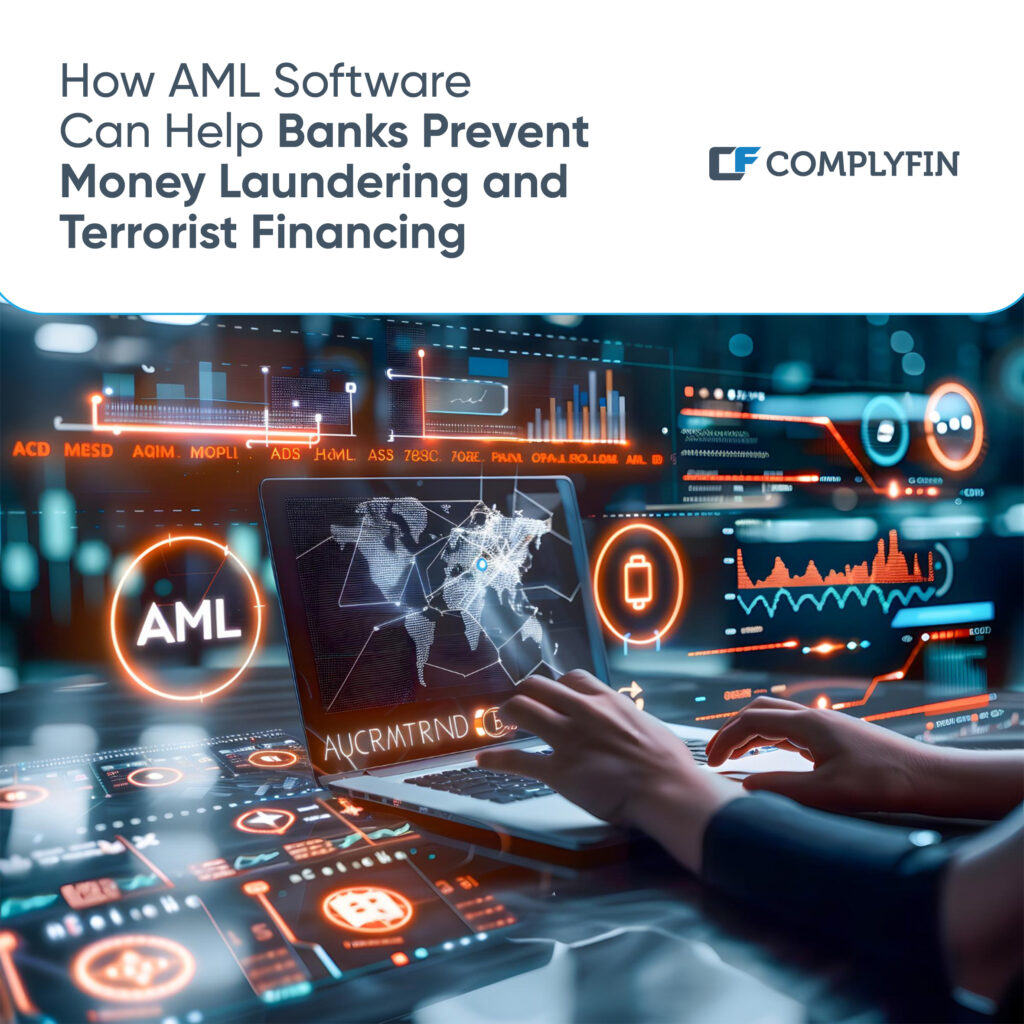The global banking industry is under a growing amount of accountability to oversee transactions and stop illicit activities such as supporting terrorist activities and money laundering. Any bank that does not put strong know-your-customer (KYC) and anti-money laundering (AML) compliance programs in place risks facing harsh fines.
Even mid-sized financial firms find it very laborious and prone to errors to manually review every client and transaction. The most effective solution is investing in the best AML software for banks that can support full compliance requirements.
Streamlines Compliance Workflows
AML software automates repetitive investigative tasks to free up analysts for more strategic analysis. Rules-based models continuously scan transactions and flag any suspicious activity based on predefined risk criteria. Client onboarding gets digitized for faster, remote KYC checks against global watchlists.
Documents like IDs and utility bills undergo optical character recognition (OCR) and machine learning analysis to extract key details. Transaction reports then compile relevant data into a single, customizable dashboard for effortless oversight. By handling routine tracking and record-keeping, AML software dramatically improves efficiency.
Powerful Monitoring and Risk Scoring Abilities
Advanced AML software for banks offers sophisticated network analysis to detect PEPs (politically exposed persons), complex corporate structures potentially obscuring illicit proceeds, and risky transaction patterns like rapid deposit/withdrawal that may indicate money laundering. Link analysis traces relationships between entities to identify deeper networks of associated parties engaged in coordinated illicit finance. Visual workflow tools help investigators collaborate seamlessly on high-risk leads.
User-Friendly Investigation Workflow Support
Intuitive case management integrates directly into daily investigation processes. The best AML software for banks provides users with a single centralized system to access all related client histories, documents, and transaction details. Template-driven workflows guide standardized procedures like initial reviews, verifications, and periodic risk reassessments.
Secure task assignments, comments, and resolution tracking bring transparency. Investigators can moreover add custom annotations and collaborate remotely in real time. Such usability empowers analysts with the right context at each step to make fully informed risk determinations.
Rather than disjointed point solutions, leading providers deliver an integrated AML suite encompassing full transaction monitoring, sanctions screening, KYC, investigations, and reporting needs. Some even integrate directly into existing core banking systems for a single unified view. When selecting the right AML software for banks, they must evaluate a vendor’s ability to support their present and evolving requirements with configurable, scalable technology. Only then can financial institutions truly fulfill their duty to combat financial crime through diligent oversight.




